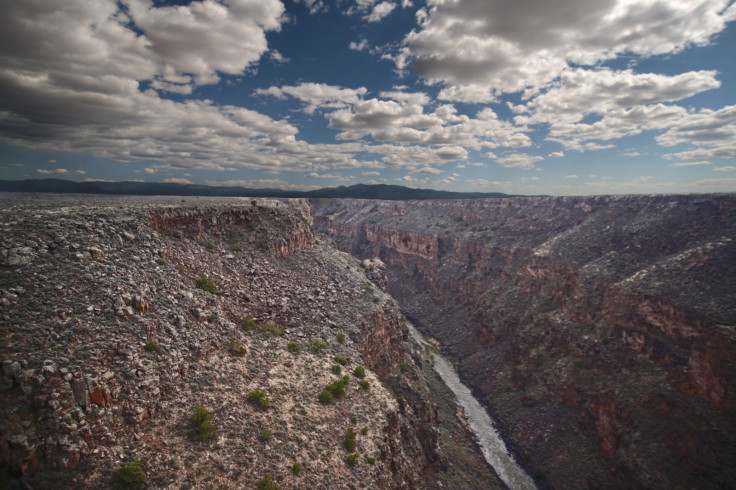500,000-year-history of New Mexico earthquake fault revealed
Loma Blanca fault went through a cluster of strong earthquakes.

About 430,000 years ago there was a cluster of large earthquakes at the Loma Blanca fault, caused by waterlogged rock.
Faults in the middle of one of the Earth's tectonic plates generally have an elusive history. Earthquakes at these faults tend to happen over very long time scales, between around tens to thousands of years.
But the Loma Blanca fault in New Mexico is an exception. Seismologists at the University of Wisconsin-Madison in the US have used radioactive isotopes of uranium and thorium at the fault to piece together its history over the past half a million years. The results are published in a paper in the journal PNAS.
The researchers found that the fault had a fairly ordinary and regular discharge of energy through earthquakes for much of its history. But an exception was a period around 430,000 years ago, when earthquakes of magnitude 6.9 or more happened much more frequently.
A clue to what caused this particularly intense period of earthquakes at the fault came from analysis of sand injectites, traces of sand that has been forced upwards through rock from below. The pressure to push sand up into these filaments is thought to have come from excess water in the ground. This extra pressure from water is also what caused the relatively high frequency of earthquakes 430,000 years ago.
Analysis of the uranium and thorium isotope data as well as radiocarbon dating of the minerals at the fault revealed that there was a period of rapid release of carbon dioxide at the fault.
Excess water in the ground has also been linked to earthquakes today. Injecting wastewater into the ground also adds pressure to faults has been linked to human-induced earthquakes. Both fracking and traditional forms of oil drilling have been linked to induced earthquakes.
The Loma Blanca fault is the first example of this kind of pressure leading to naturally induced earthquakes, pushing a group of earthquakes more often than its natural pattern.
"We interpret the seismic cluster as a record of enhanced seismicity caused by naturally elevated pore-fluid pressure, which drove fault failure for a relatively short period," the authors conclude.
© Copyright IBTimes 2025. All rights reserved.






















